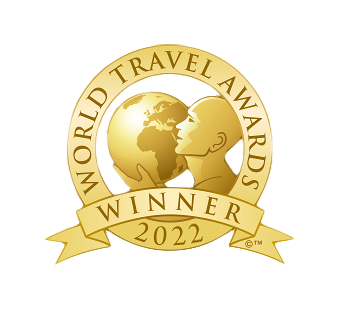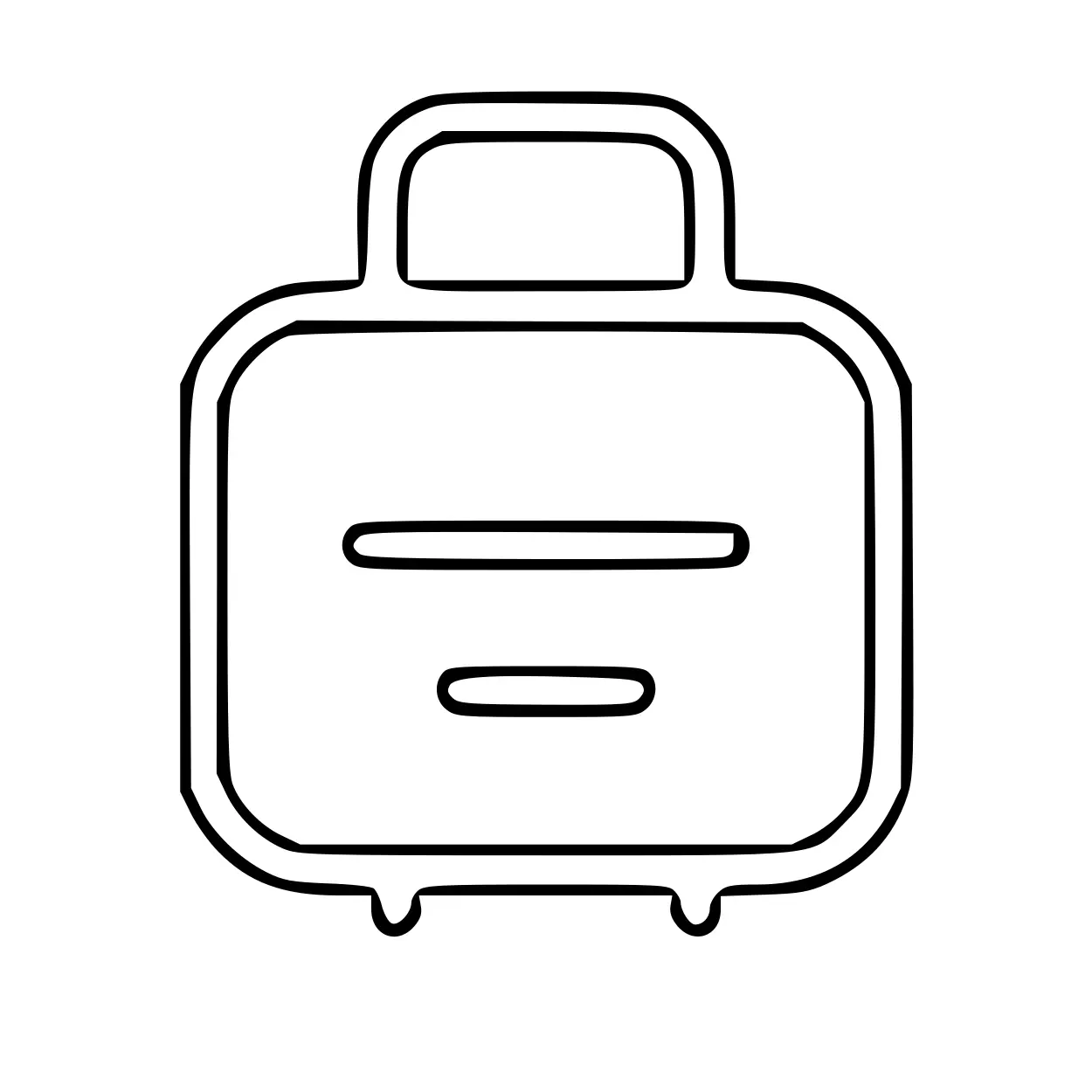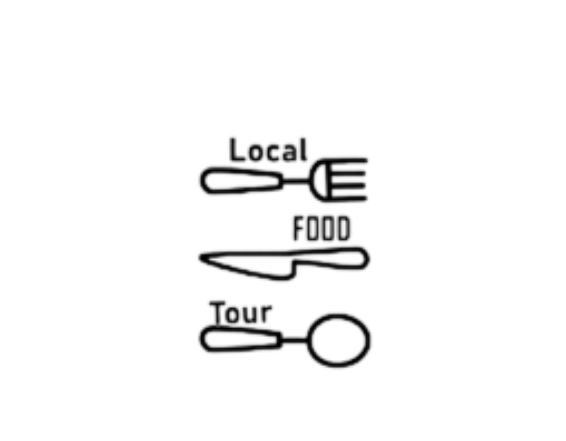This post is dedicated to different aspects of traveling to Iran as a woman written by a solo female traveler who has traveled to Iran during 2020 for 21 days through a half-planned tour; the safety of traveling solo in Iran, the required items, the precautions plus much more extra information to get prepared for a memorable journey to the heart of Persia.
Thinking about Traveling to Iran as a Female Traveler!
I think the perception of ‘danger’ would be the biggest barrier to a solo female visiting Iran. So many people said to me ‘it’s so dangerous there, you’re so brave”. You and I and lots of people who have been to Iran know this is based largely on the way Iran is portrayed in the media. Of course nowhere can be guaranteed 100% safe but it will be important to reassure solo female travellers that on a daily basis Iran is as safe as anywhere to visit.
I felt safe in Iran. Everyone I met was kind and courteous and I was not harassed or concerned for my personal safety. As with everywhere else in the world, you do need to be sensible – ie not wandering the streets alone late at night etc. Here are some points I always consider while traveling solo which I certainty kept in mind in Iran:
- Having an itinerary in place and everything arranged before I left added to my sense of safety. My guides contacted me the evening before to confirm arrangements for the next day and again on the day.
- American, United Kingdom, and Canadian passport holders must be accompanied by their guides when outside of their hotels. For other independent travelers, be conscious of your surroundings after dark, in the early morning hours, and in unpopulated areas. Iran is considered very safe, but just as in any part of the world you should take precautions with your money and personal documents. A money belt or neck pouch (tucked under your shirt) is advisable for extra cash not needed during the day. Safety deposit boxes in hotels are often available. Bring luggage locks to deter petty thieves.
- Harassment is infrequent and dealt with swiftly, but it has occasionally occurred, if it does happen to you, make a scene, or shout at the man. It’s a very severe religious offense for men to do so, and they’ll quickly back off in fear of getting caught. Be friendly, but not too friendly or it could result in a misunderstanding with a man. If a man wants to take a picture with you, don’t touch each other.
- For me, staying in quality smaller boutique hotels gave me sense of security. With a smaller number of guests, it’s easier to get to know the staff/owner and have more personal attention if you needed anything ie directions to the bank to change money, calling a taxi etc. They were also more aware of my comings and goings and I’d like to think they would alert the travel agency if I did not return after a day or became ill.
- Cell phone – I think it’s really important for a solo female traveller to have a local SIM card for her phone (with data) fairly soon after she arrives in case, she needs to contact the agency/accommodation urgently and is not within Wi-Fi. It also enabled me to find my way around on my free days using GPS online maps.
- Having travel insurance! You need to choose among few options due to the sanctions against Iran, there are also some Persian choices. If you want to buy it in advance, you can make it happen online. It is also possible on your arrival.
Iranian People
People make a place and the Iranian people are so kind, generous, and courteous. Every day I felt like a treasured guest. A couple of times curious strangers came up to me on the street. At first, I was a little hesitant of their motives but soon realised that they just wanted to know where I was from and if I was enjoying their beautiful country.
Iranian people are among the most hospitable in the world. Because tourism is more limited, many Iranians will be curious and friendly towards you. You can expect more attention than you may normally be used to and will likely be approached with friendly questions, requests to take a photo with you, or to practice language skills. Iranians are very aware of world events and follow global politics. It is interesting and educational to engage in conversation with the Iranian people.
Just as in many other parts of the world, bargaining is expected in the markets and bazaars. Keep a smile on your face and shopkeepers will be friendly. Remember if you really want an item, don’t walk away as you may not find it elsewhere.
Being a solo female traveller anywhere can be challenging and more so in a family-orientated country like Iran, but you need to look at it as an opportunity. When I travel solo, I find that I connect more with the people and culture. I’m more open to meeting people and taking the time to get to know them a little and seize opportunities when they arise. I also have the luxury of setting the rhythm of my day – if I want to spend an hour or two sipping tea and people watching in a beautiful courtyard café next to a turquoise pool strewn with colourful flowers then I can – there’s no one to hurry me along…
Iran Female Dress Style
From my experience there’s a lot of uncertainty in the West about what hijab means – when I told people I was visiting Iran some seemed to have a mixed view based on media images from other countries ie a burkka (Afghanistan) or full black abayah/niqaab (Saudi Arabia).
Iran is a traditional Islamic nation, and a strict dress code (hijab) is enforced throughout the country. Hijab for women is a head covering, modest long tunic type tops with long sleeves (three-quarter sleeves are generally acceptable), high necklines, and the bottom hem to mid-thigh, and long pants. You can wear any type of pants as long as they cover your ankles.
Even though I was familiar with Iranian hijab when I first went to Iran in 2012, I remember being extremely nervous that I would get it wrong and be really embarrassed/offend someone. Luckily, a kind woman on the plane reassured me that it’s not that strict and to relax and enjoy myself. I soon found out Iranian women are just as fashionable as anywhere, albeit within their dress code.
My tips would be:
- It’s Ok to wear colour! There’s no rule about wearing dark colours in Iran. In fact, light colours are better in the heat of summer.
- Head: Yes, you do need to cover your head/hair when out in public but that doesn’t mean a tight scarf around your head. It’s OK for women to allow whisps of hair to frame their faces. A scarf is better than a hat or beanie – choose one that is big enough to cover your head completely with enough fabric to wind around your neck a few times. Depending on the season, lightweight wool or cotton are best as they don’t slip off your head like silk or satin, if they do, a pin or even a paper clip would help.
- Body: Should be covered with to mid-thigh with fairly loose clothes like a long-sleeved tunic or shirt, coat, or manteau. Arms should not be bare.
- Legs & feet: Legs should be covered down to ankles so trousers/jeans are best. Sandals or open toed shoes are fine, but if you are walking a lot or hiking/visiting historic sites, suitable covered-in shoes are best.
- Chador: Chador is just necessary while entering certain mosques and shrines which you can easily find at the women’s entrance.
Eating Outside in Iran
Eating in Iran is a joy! The food is very flavorful and will delight the taste buds. Take advantage of eating outside in beautiful gardens, courtyards, and along bustling sidewalks. Although alcohol is prohibited, it’s fun to try the variety of fresh fruit juices and teas that are available.
I loved sitting outside to eat my meals – it was great for people watching. I did chose locations I felt comfortable in ie nice cafes in North Tehran or lovely courtyard cafes.
It wasn’t hard to find delicious food also for vegetarians. Local foods such as Kashke Bademjan, falafel, sabzi or saffron rice, Kuku Sabzi, and Ashe Reshteh would be good choices.
Public Transportation in Iran
I felt comfortable using taxis and intercity buses. Just the same as here in New Zealand. I had no problems with language which was helped greatly by having the addresses of where I wanted to go written in Farsi (or I could show the driver on an online map on my phone). Snapp is a great rideshare app to use but you do need to know Farsi numbers to recognise number plates.
Metros are available in Tehran and a few other cities like Shiraz. There are “women only” compartments in Iran’s Metro which you can go if you prefer to. Men are not allowed in women only sections.
Iran Airport Security
When taking a domestic flight within Iran or when leaving at the end of the trip, women have a separate security line. This means your personal items (including your purse) and baggage may be out of your sight briefly. If traveling with others ask them to keep an eye on your stuff as it goes through the scanner on the security conveyor belt. This made me nervous when we took a flight from Tehran to Shiraz, but don’t worry many guards and cameras are there and nobody can touch your stuff.
Required Cash in Iran
US dollars and Euro notes are generally the only currencies accepted at Iranian banks and money exchanges. Money exchangers are available upon arrival at the airport and can be found in most of the places that you’ll visit.
If you have paid in advance for your hotels and in-country transportation, I recommend you bring the equivalent of approximately $500 US with you for a two week stay. This will cover your basic needs: meals, entrance fees, optional activities, some souvenirs, and other small items. If you’re a big shopper and/or are interested in purchasing bigger ticket items such as carpets, I recommend you bring more. If you are using a guide for any services, you will want to have cash to tip.
Because credit and debit cards are not accepted in Iran make sure you bring enough cash to see you through your trip. The above suggestion of $500 is just a suggestion and only you know your spending habits.
Iran Visa for Solo Female Travelers
There are two options. You can get your passport stamped in advance OR you can get it done at the airport on your arrival (VOA). For both options, you need to have a visa tracking code which you can obtain through a travel agency. I followed the first option and was assured of my entrance, although I know lots of friends who got their visas at the airport easily. In order to get VOA, you need the following item: Your return ticket, A hotel reservation for first accommodation, Passport, and Travel insurance. This post helps you with all the questions you may have about your Iran visa: https://friendlyiran.com/visa/
Packing List for Women Traveling to Iran
Pack as lightly as possible. You will frequently carry your own luggage, so it is best to keep the weight under 10kg/22lb. You can always buy an additional bag at a reasonable price if you buy lots of souvenirs. Smaller bags with wheels work well and you will also need a day pack/bag to carry water, camera, guidebook, etc. A cross body purse is useful and provides a greater sense of security when carrying your passport and cash.
Documents: passport (with photocopies), flight information (printouts of e-tickets may be required), insurance information (required), required visas for American, United Kingdom and Canadian passport holders (with photocopies), itinerary information.
Essentials: Camera, cash (credit and debit cards are not accepted), basic first-aid kit (sunscreen, Aspirin, Ibuprofen, bandaids, anti-histamines, antibacterial gel/wipes, Imodium or similar tablets for mild cases of diarrhea, extra prescription drugs you may be taking), sewing kit, small flashlight, locks for bags, sunglasses, toiletries, electrical adaptor, money belt or neck pouch.
Conservative attire: two – three headscarves (if traveling in warmer weather, make sure your scarves are light weight), modest long tunic type tops with sleeves that are at least three-quarters, high necklines, and hem to at least mid-thigh. Any type of long pants as long as they cover your ankles. Comfortable walking shoes and some sandals.
Inclement weather (depending on season you are traveling): fleece top/sweater, hat, scarf, gloves, warm long pants/jeans, windproof rain jacket.
Thoughts as a Female Traveller to Iran
- Relax and enjoy the people and the culture
- Be curious and open-minded
- Be respectful. Listen and learn
- Underneath we are all the same – we want the best for our family and friends.
- Try Culinary Workshops or Persian family gatherings, worth it!
- Respect the dress code – it isn’t onerous or scary – you probably have most of the things you need in your wardrobe already.
- You won’t get into big trouble if your scarf slips a little bit.
- While it’s largely free from petty crime against tourists – the same travel rules apply as everywhere else in the world. Be sensible.
- Pack wisely but there’s no need to bring the kitchen sink with you – they have shops for necessities in Iran too. Save your luggage space for beautiful hand-made goods and exotic spices from the bazaar.











